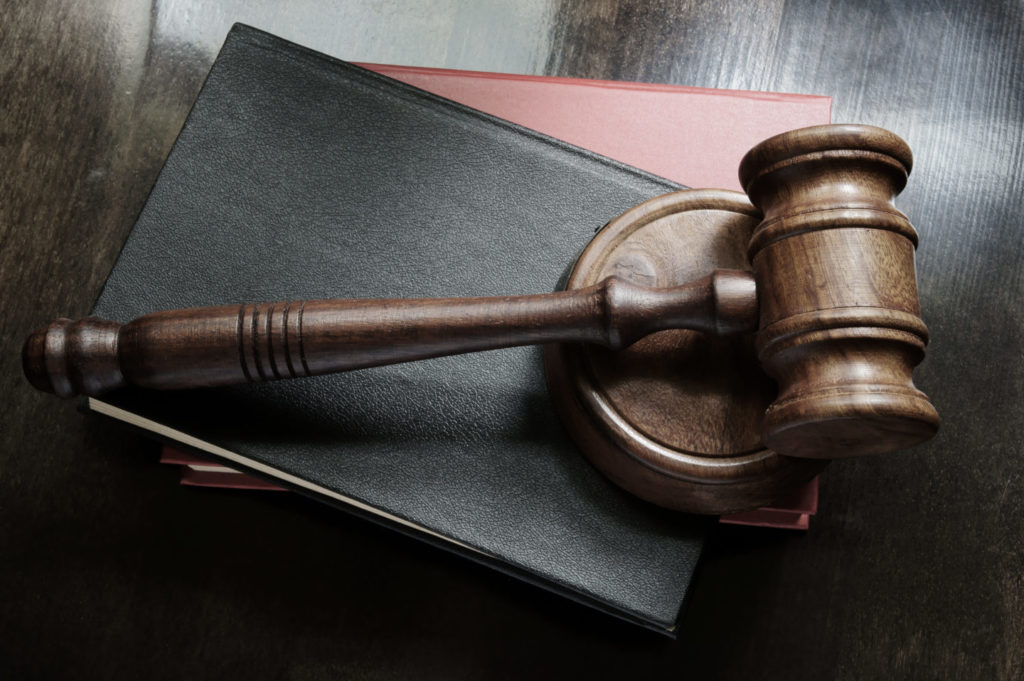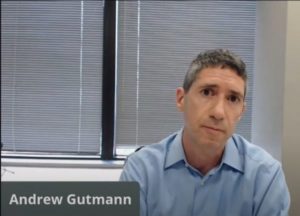Supreme Court’s 6-3 ruling protecting a Christian web designer from government-imposed speech is crucial – but also alarming
Once again the U.S. Supreme Court has delivered a landmark First Amendment ruling, protecting a Christian web designer from being forced to create sites that violate her religious views.
It’s a…

Once again the U.S. Supreme Court has delivered a landmark First Amendment ruling, protecting a Christian web designer from being forced to create sites that violate her religious views.
It’s a ruling to be celebrated for its recognition of both free speech and religious rights. But the fact that it took the U.S. Supreme Court to decide the matter – and that it was by only a 6-3 majority – shows just how precariously our most basic rights cling to a fine gossamer thread.
Three justices – Sonia Sotomayor, Elena Kagan and Ketanji Brown Jackson – would allow the government to compel you to engage in speech you do not agree with, even that which violates your conscience.
If someday these three justices are in the majority, they would permit anyone to force anyone else to engage in speech they disagree with fundamentally. We would, in fact, become slaves to whatever speech or point of view is in the government’s favor at any particular time.
There are myriad alarming notions today that evoke Orwell – none more so than the thought that the government can command our speech.
“If she wishes to speak,” Justice Neil Gorsuch wrote of Colorado web designer Lorie Smith for the majority Friday, “she must either speak as the State demands or face sanctions for expressing her own beliefs, sanctions that may include compulsory participation in remedial training, filing periodic compliance reports … and paying monetary fines.”
There is nothing so Orwellian or ominous as this specter – yet, amazingly, it is embraced by three of our nine Supreme Court justices.
Alas, our free speech and religious rights are dangling on the slightest of webs.
As Kayleigh McEnany cites in her book Serenity in the Storm, according to religious freedom organization First Liberty the Supreme Court ruled on religious liberty just three times in the first 110 years of the republic; more recently, it has had to weigh in on 14 such cases in just nine years. And that doesn’t include cases during this term of the court.
Those numbers reveal a frightening blindside among citizens, lower courts and now three Supreme Court justices when it comes to our most basic constitutional rights of free speech and freedom of religion.
“The First Amendment envisions the United States as a rich and complex place where all persons are free to think and speak as they wish,” Gorsuch writes, “not as the government demands. Colorado cannot deny that promise consistent with the First Amendment.”
This case should have been a slam dunk, unanimous decision. In fact, it never should have had to go as far as the highest court in the land.
It simply wasn’t a close call.
Indeed, Gorsuch diplomatically writes, “determining what qualifies as expressive activity protected by the First Amendment can sometimes raise difficult questions. But this case presents no complication of that kind.”
That it muddled three Supreme Court justices is a wakeup call to the nation.
“Today, the Court, for the first time in its history, grants a business open to the public a constitutional right to refuse to serve members of a protected class,” Sotomayor lamented on behalf of Kagan and Jackson.
Ah, but thinkers, speakers and believers are a protected class, too, and they must be protected from speech that comes at the end of a bayonet.
The only thing between us and that knife’s edge is the First Amendment.



